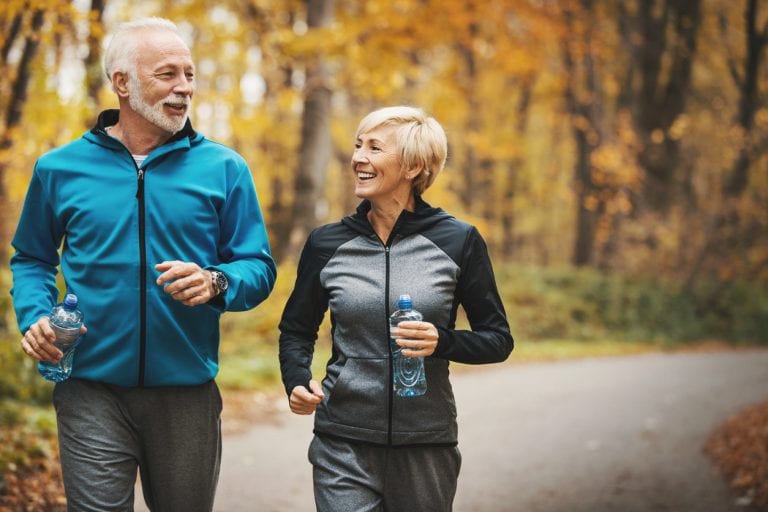Avoiding Injury During Exercise After 40
July 16, 2018

For many people, turning 40 is a milestone. While your 40th birthday might prompt a renewed effort to get in shape and exercise, it can also lead to injuries that are counterproductive to those goals. These injuries, aches, and pains can make it even tougher to stay in shape as you get older. Sometimes fitness just means staying functional through your daily routines and demands. So what is “functional fitness?”
What Changes as You Age?
Keeping your body healthy, reducing your chances of heart disease, and helping your mind stay sharp are all well-known benefits of being fit. But as you age, those everyday tasks might become more challenging. In many cases, these difficulties are so gradual that it might be hard to isolate them. Activities such as playing with your dog, chasing after your grandkids, or hefting a basket of clothes from the bedroom to the laundry may exhaust you more easily than they did just a few years ago. Staying active—even with gentle, consistent work—will prime you for a functional future long term.
Functional Fitness Vs. Regular Exercise
Many exercise programs and gyms have a “no pain, no gain” attitude—and that sometimes leaves out those who are just looking to feel more active and capable day to day. This means feeling more comfortable doing yard work or standing for long periods of time, for example. Sometimes they get burned out because they’re trying to keep up with a hard-core exercise regimen, or maybe they’re feeling more pain (instead of less) as a result of their exercise. “Functional fitness” focuses on reducing exercise injuries and modifying core exercises to fit your particular needs.
Functional fitness is proactive in its conditioning: it focuses on maintaining and building muscle strength and mass with the goal of making everyday tasks such as opening jars and car doors easier. It also can improve your balance so that the potential for walking problems and the risk of falls is reduced.
Functional fitness can even help reduce the effects of arthritis of your hips, hands, and/or knees. Doing so can make it easier for you to bathe, drive, and walk. As your muscles age, they can become less flexible and feel stiff. Joint stiffness is also common with age. This can make it more difficult for you to reach up into a cabinet and grab a glass, or even turn your head to back out of the driveway.
Preventing Injury
It’s important to choose exercises that mimic the activities that you do every day—such as squatting, climbing, pushing, pulling and reaching. The right exercises will also help your muscles learn to work together. While you could probably pull an exercise plan together on your own, consider asking your healthcare provider for a referral to a physical therapist.
As a trained professional, a physical therapist can assess your current fitness level and create a regime of exercises that are designed to meet your needs and goals. Other options for adding functional fitness to your routine are group classes. These are an especially good fit if you’re already in great shape and aiming for a proactive approach. Senior centers, gyms, and YMCAs are just a few places which offer these types of classes.
If you’re experiencing muscle pain, joint pain or any distressing discomfort, visit a healthcare professional at CareSpot Urgent Care today.
